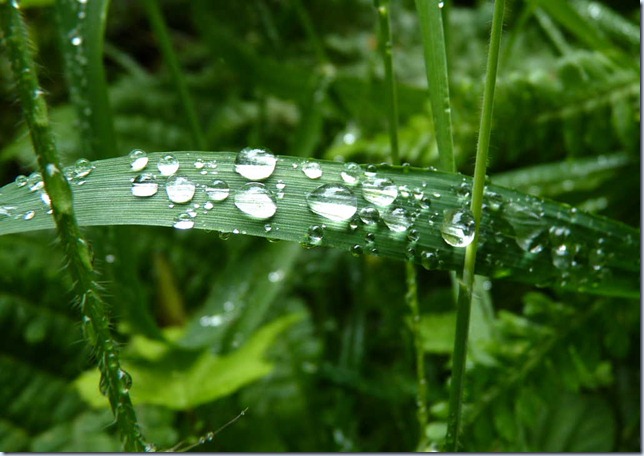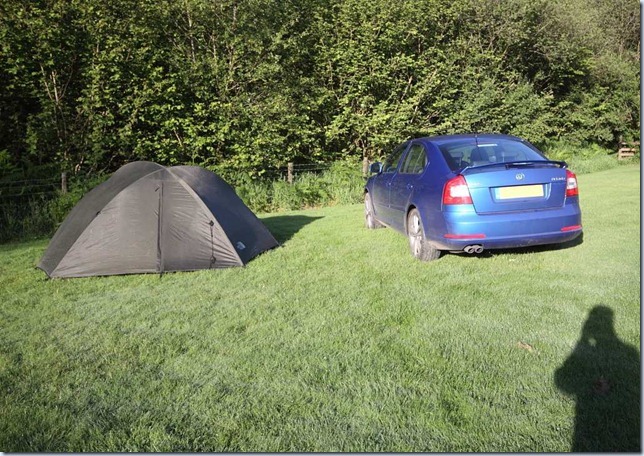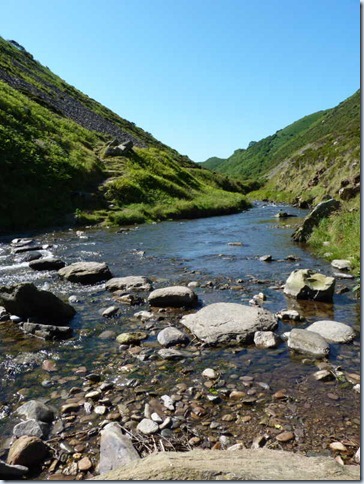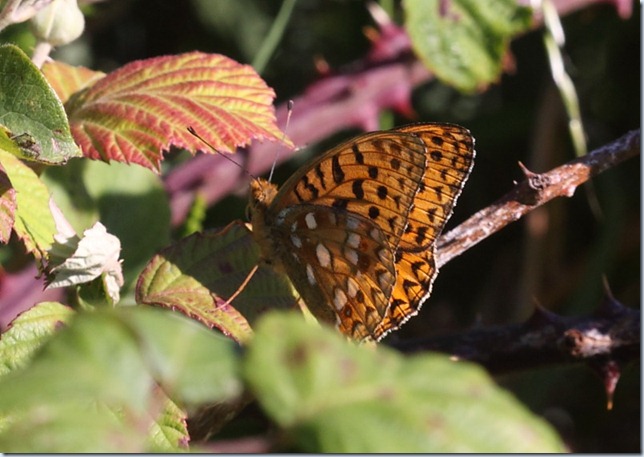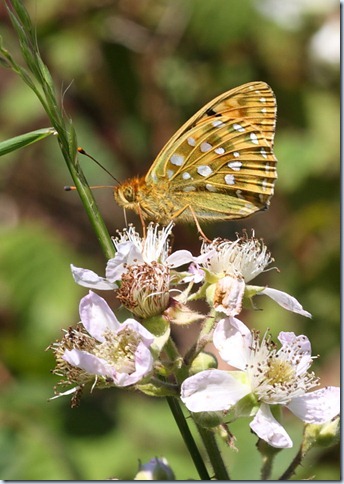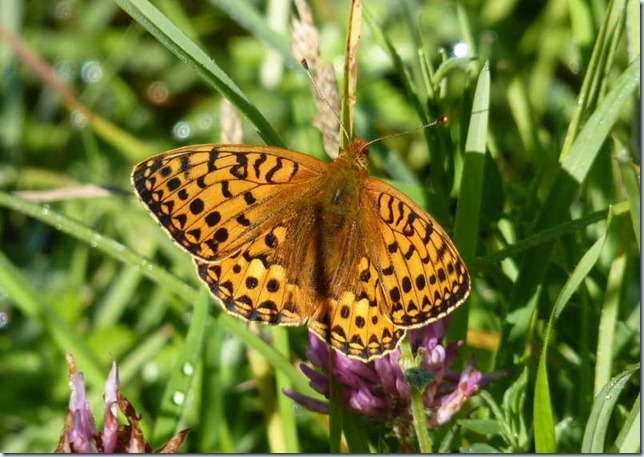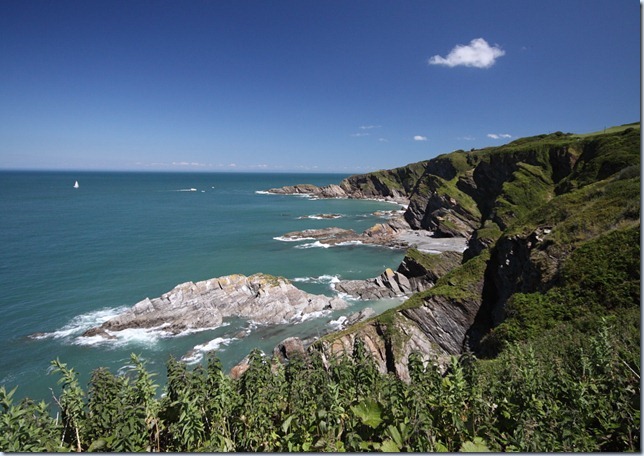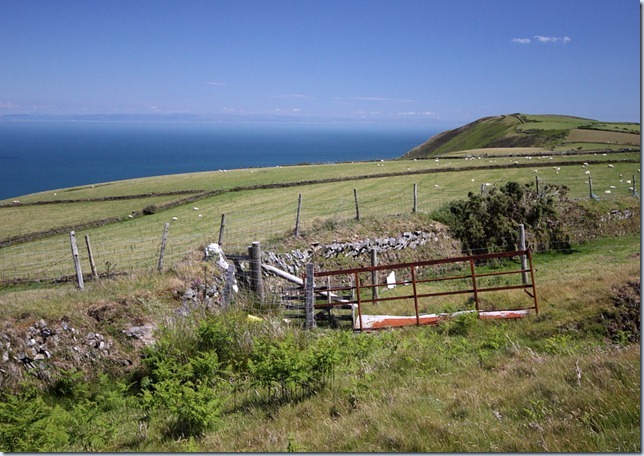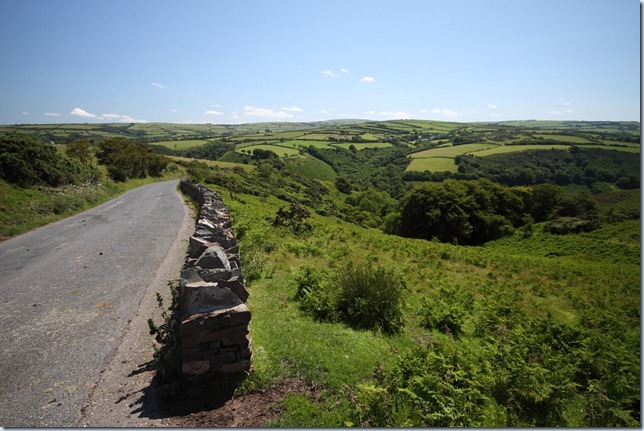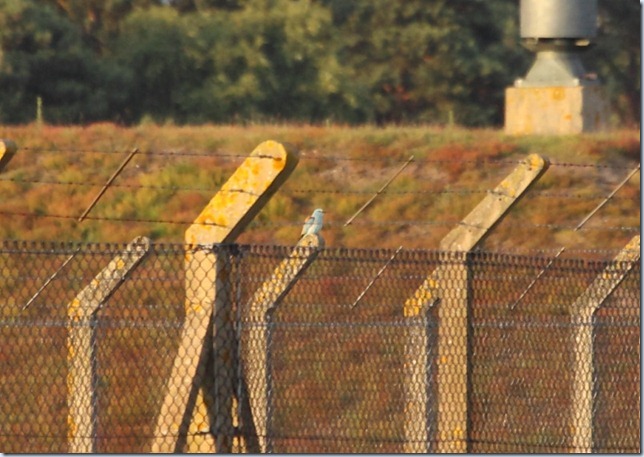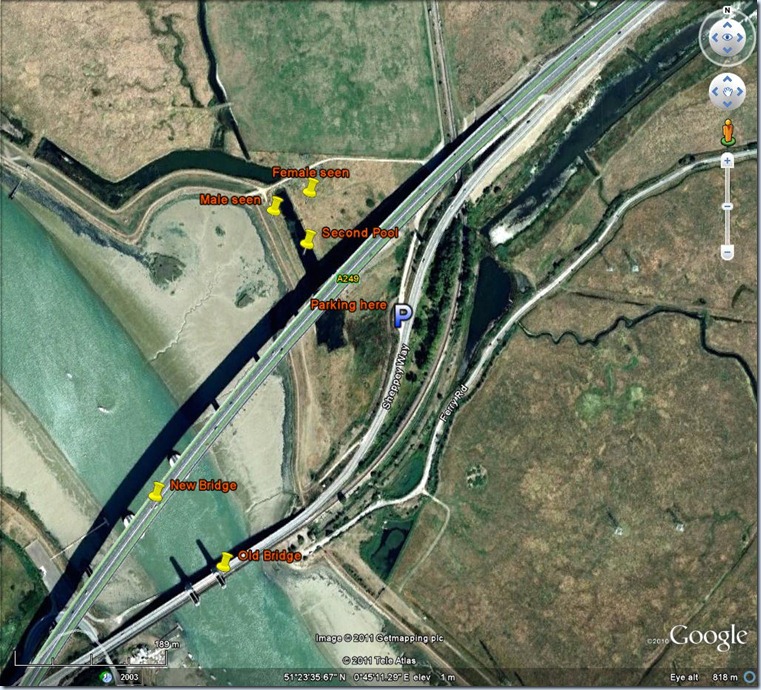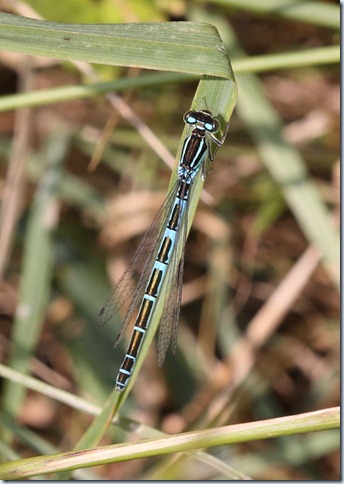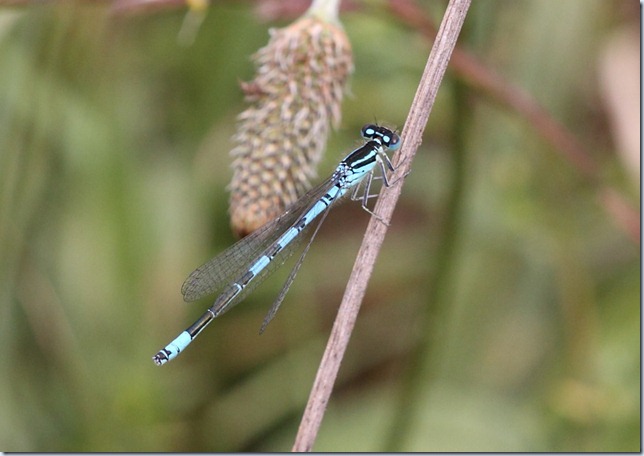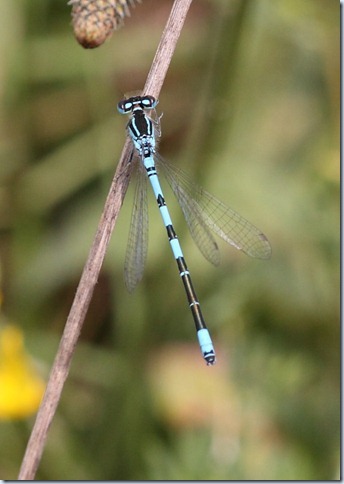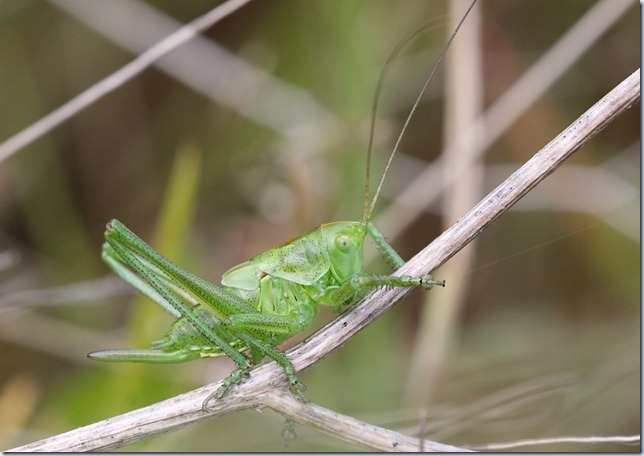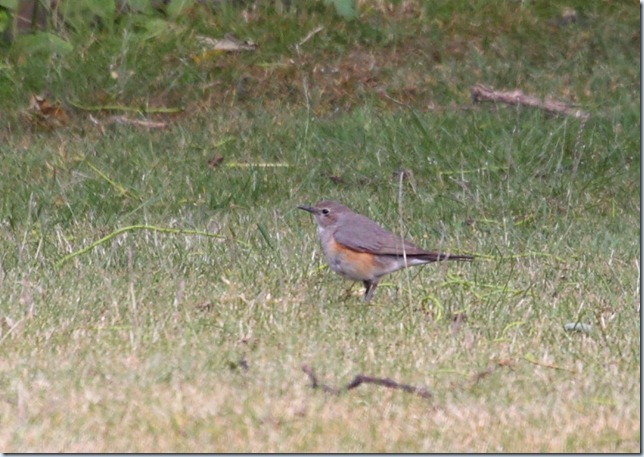Once again, apologies for the lack of recent updates: just not been out and about very much lately! However, Suzanne and I returned to London on Sunday night after an excellent weekend away in one of the few National Parks that I’d never visited previously: Exmoor, and the North Devon coast.
We set out early on Saturday morning, heading along the predictably tedious M4 in rather murky conditions, to arrive in a drizzly Lynton by about 9am. (Hmm… not really selling this yet, am I?) Undeterred by this typical English summer weather, we headed out for a walk through the nearby Valley of Rocks, with wildlife starting to feature in the form of two screechy young Peregrines, Stonechats and lots of feral goats! Fulmars wheeled around the cliffs below us and a few Gannets sailed past further out… definitely not in London now!
The major target of the trip for me was to catch up with High Brown Fritillary, an increasingly rare butterfly in the UK, which only has a patchy and localised distribution. As well as Devon, they only remain in pockets of South Wales and southern Cumbria. One of the best sites is the Heddon Valley, west of Lynton, in a large area of National Trust land. Access is by minor roads, north from the A39 near Parracombe, or east from Combe Martin. Parking, unusually for an NT site, is abundant and cheap, and even more happily, adjacent to a decent pub: the rather impressive Hunters Inn. When we arrived, there was still rain in the air, and besides, we were getting peckish… only one thing for it!
One very large jacket potato, and one local cheese Ploughmans later, we (st)rolled down the valley to Heddon Mouth, through oak woodland beside the river… quite idyllic (though still lacking in sunshine). In brief bursts of sunshine, a few fritillaries appeared over more open areas of bracken, but too far away for an ID – Dark Green and High Brown are very similar in pattern, and pretty much identical in structure. Down at the mouth of the river, seabirds were to-ing and fro-ing from breeding colonies on the cliffs: Guillemots and Razorbills in particular. A couple more young Peregrines chased overhead, giving superb views.
Feeling pretty tired after the early start, we checked into our luxury accommodation on Exmoor:
… before heading out to pub number 2: the Royal Oak, in Withypool. Pork Belly with a Cider Cream sauce… mmmm!
As we’d hoped, the next morning dawned–crystal clear, with deep blue (almost!) cloudless skies. We returned to Heddon Valley, and I’ll let the pictures tell the story for a while…
A rarity.
Not too terrible a place to spend an hour or two…
The target – will have to return for better photos!
Dark Green Fritillaries
… and finally some coastal scenery.
Oh, and there was a third excellent pub on the way home: The Rock, in Georgeham. I was most disappointed to see Doom Bar on draught, and Roast Beef on the menu.
